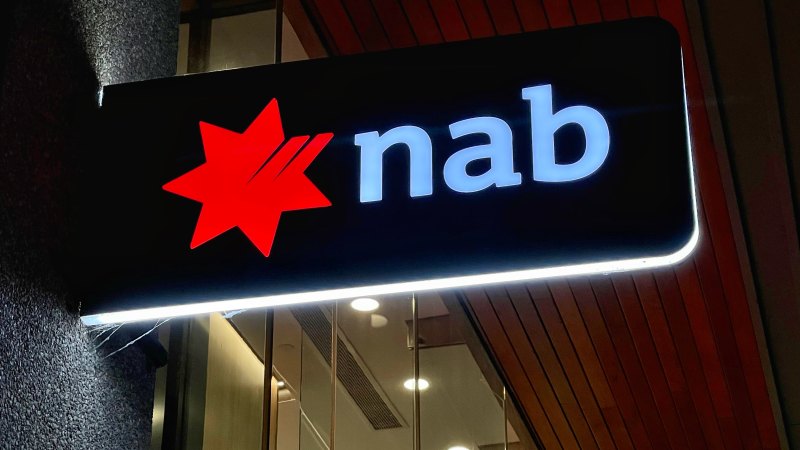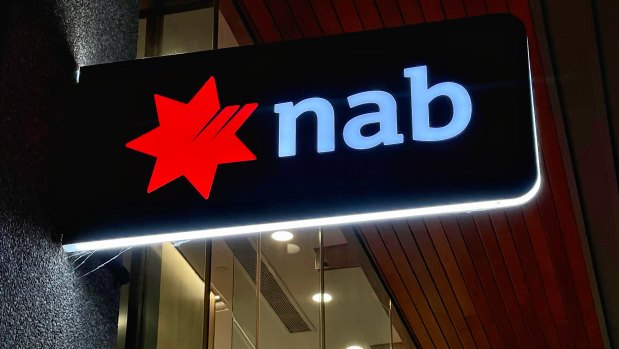Do free Flybuys points make NAB’s new credit card worthwhile?
NAB’s Rewards Signature credit card offers 140,000 Flybuys bonus points for those who sign up, link it to their Flybuys account, and have the card open for at least 12 months. With a value of up to $700, it seems like not a bad deal, but does it stack up?
The usual NAB rewards points of 1.25 points for each dollar spent on everyday purchases, and even more points for each dollar spent on other types of spending, are auto-converted to Flybuys points.
NAB’s Rewards Signature credit card has a Flybuys points sign-up incentive, but is it any good?Credit:Will Willitts
The offer of bonus Flybuys points, which ends on July 31, is available to new NAB Rewards Signature Cardholders only. Existing cardholders can convert their NAB rewards points to Flybuys points at any time. The minimum credit limit is $15,000.
Pros: The 140,000 Flybuys bonus points is one of the higher introductory points offered in the rewards credit card market.
The Flybuys loyalty program is owned 50/50 by Coles and Wesfarmers, and is one of the largest loyalty programs in Australia. Points are accrued by shopping at Coles Group brands, certain Wesfarmers brands, and some third-party partners.
Cons: A key difference to some other introductory bonus incentives is that the points are paid over two instalments rather than just one; that is, 100,000 points once a customer spends $3000 within the first 60 days, and then 40,000 points once the account has been open for 12 months.
NAB’s Rewards Signature credit card has a $295 annual fee that is reduced to $195, but the reduction is for the first 12 months only. To make this card worthwhile, at minimum, the value of the reward points needs to be more than the annual fee. That is assuming the balance is paid off by the due date.
The card has a purchase interest rate of 19.99 per cent on balances not paid off in time and accruing interest. That is slightly higher than the market average for rewards cards listed on comparison site Canstar’s database of 19.84 per cent, and at least 10 percentage points higher than some of the best low-rate, non-rewards credit cards.
Expert verdict: Mitchell Watson, research manager at Canstar, estimates the break-even point on this card, with consideration of the annual fee and the value of the points, to be about $3,000 a month, which works out at $36,000 a year.
Watson says rewards cards are generally better suited to those who place a good portion of their monthly spend on the card and pay the balance off every month to avoid paying the relatively high rates of interest on the debt.
“If you don’t put a decent spend through the card and carry debt on the card that is not paid off in time, this rewards card or any rewards card, is not likely the right choice for you,” he says.
He says loyalty schemes are designed to encourage spending with specific retailers.
Generally, the purchasing power of rewards points has dropped over the years, he says. But for those who are disciplined with their spending they can be worthwhile, Watson says.
- Advice given in this article is general in nature and is not intended to influence readers’ decisions about investing or financial products. They should always seek their own professional advice that takes into account their own personal circumstances before making any financial decisions.
The Money with Jess newsletter helps you budget, earn, invest and enjoy your money. Sign up to get it every Sunday.
Most Viewed in Money
From our partners
Source: Read Full Article


